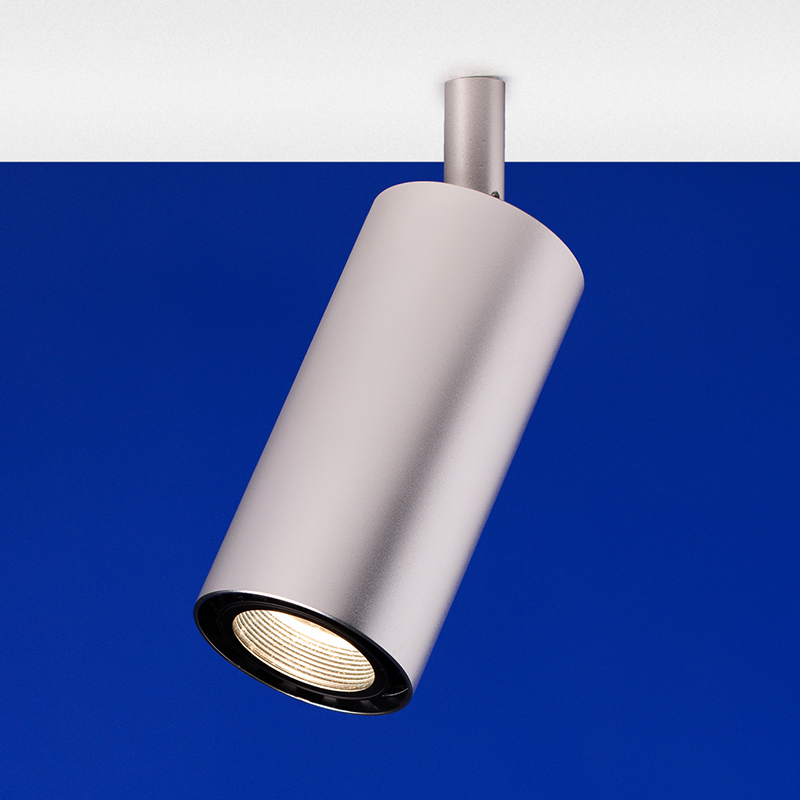Prize(s) Honorable Mentions
Lighting Design/Product Company QTL
Lead Designers Marketing QTL
Entry DescriptionThe LUCY monopoint redefines high-performance, compact lighting with a precision-engineered 45mm diameter (1.77”) and 94mm length (3.70”). Delivering up to 1200 lumens at 15W, LUCY surpasses industry standards for output and efficiency, achieving exceptional center beam candlepower (CBCP) across multiple beam angles while maintaining a sleek, thermally optimized design. Unlike conventional fixtures that require factory-set CCT, its patent-pending Puck technology allows for tool-free CCT changes, ensuring unmatched flexibility in application. The mounting option features a ceiling footprint smaller than a button—significantly smaller than standard monopoint mounts—enabling near-invisible installation with a finish-matching plug. Designed for versatility, LUCY supports interchangeable optics and precise aiming, offering greater adaptability than fixed-lens alternatives. By combining patent-pending, cutting-edge thermal management with field-configurable optics and color tuning, and advanced glare control LUCY sets a new benchmark for performance, flexibility, and discretion in galleries, retail, and hospitality spaces. Additionally, LUCY is suitable for dry, damp, and wet locations.
Sustainability ApproachThe LUCY Monopoint embodies a forward-thinking approach to sustainability through modular design, energy efficiency, and material minimization. At its core is patent-pending Puck technology, which enables tool-free CCT changes and field-configurable optics. This innovation extends the lifecycle of the fixture by allowing in-field adaptability rather than full fixture replacement, reducing electronic waste and supporting circular economy principles.
Engineered for high efficacy, LUCY delivers up to 1200 lumens at just 15W, significantly reducing energy consumption while achieving best-in-class center beam candlepower (CBCP). Its optimized thermal management system uses passive, Venturi-effect cooling, eliminating the need for energy-intensive active components and bulky materials, further minimizing its carbon footprint.


